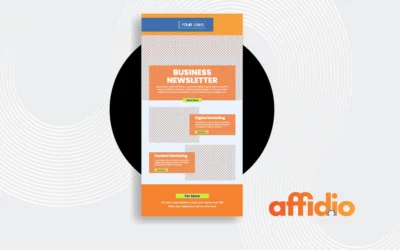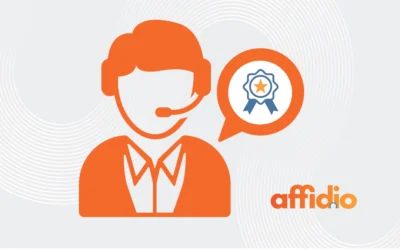Cold emailing is like stepping into a party where you don’t know anyone—daunting yet brimming with opportunity. It’s a subject that sparks plenty of discussion for those in email marketing; some people strongly agree, others strongly disagree. Effective cold emailing is like finding buried treasure: it takes the right strategy, but the rewards—quality leads and strong professional networks—are well worth the effort. Let’s explore this strategy; I think you’ll want to use it correctly.
Understanding Cold Emailing
Cold emailing involves reaching out to potential customers who have not previously interacted with your brand or products. Unlike spam emails that clatter inboxes, a well-crafted cold email opens doors to potential conversations.
Email marketers should pay attention!
- Targeted Outreach: Cold emailing allows you to reach specific individuals or companies that fit your ideal customer profile.
- Cost-Effective: Generating leads this way saves you money compared to other marketing strategies.
- Building bonds with people—that’s what it’s all about. Think about your closest friends; how did you become friends? Strong groundwork now means stronger connections later. Networking opportunities abound; expect to forge strong professional bonds.
The Right Way to Cold Email
Not all cold emailing is created equal. The distinction between effective and annoying cold emails lies in the approach. This is how to do it right:
1. Research Your Audience
Before hitting “send,” invest time in understanding your audience. The big question is: who are they, really? What are their interests? Tailoring your message to fit their needs shows that you aren’t just sending out a generic plea but a thoughtful outreach.
Consider this: a helpful tip. To get a feel for who you’re contacting, try looking them up on LinkedIn. The background info here will be really helpful.
2. Craft a Compelling Subject Line
First impressions matter. Your subject line serves as the hook. Make it concise, intriguing, and relevant to the recipient. Ditch the clickbait; instead, infuse it with clarity and value.
Example: “Quick Tip to Boost Your Marketing Strategy”
3. Personalize Your Content
Personalization goes beyond just including the recipient’s name. Consider their past work, their wins, and what difficulties they are encountering; this will provide a comprehensive picture. You’ll connect right away; it shows how much you care.
4. Provide Value Upfront
Offer something valuable in your email—be it insights, a solution to a problem, or a resource. This elevates your email from a mere pitch to a meaningful exchange.
Think about it: Would you engage with someone who only wants to sell you something, or someone who provides real value?
5. Craft a Clear Call to Action
What do you want the recipient to do after reading your email? Be explicit in your call to action. Whether it’s scheduling a call or replying to discuss further, crystal-clear instructions prompt engagement.
6. Follow-Up Thoughtfully
Don’t be discouraged if you don’t get a response right away. A polite follow-up can keep the conversation alive and shows your commitment.
Tip: Space your follow-ups at least a week apart to avoid overwhelming the recipient.
Avoiding Common Pitfalls
While the benefits of cold emailing can be significant, there are traps to avoid:
- Spammy Behavior: Avoid sending mass emails or making your outreach feel automated. Personalization stands out.
- Neglecting Your Tone: A high-pressure sales pitch might lose you customers. Keep your tone friendly and conversational.
- Ignoring Compliance: Familiarize yourself with regulations such as the CAN-SPAM Act or GDPR to safeguard against legal issue.
Wrapping things up… We can make cold emailing look a lot better.
Cold emailing has a bad reputation in email marketing. However, when executed with care, it transforms from a lukewarm tactic to a powerful lead generation strategy.
So, next time you hear skepticism about cold emailing, remember: it’s not the method itself that’s flawed, but the execution. Think of your cold emails as a way to connect with people, not just sell to them. Personalization is key; know your audience to create better marketing. Stronger relationships are the result. For example, instead of a generic message, send a note mentioning something specific about the person or their company you admire. Your homework shows; you’re clearly interested in them.
Cold weather? Find warmth in human connection.




